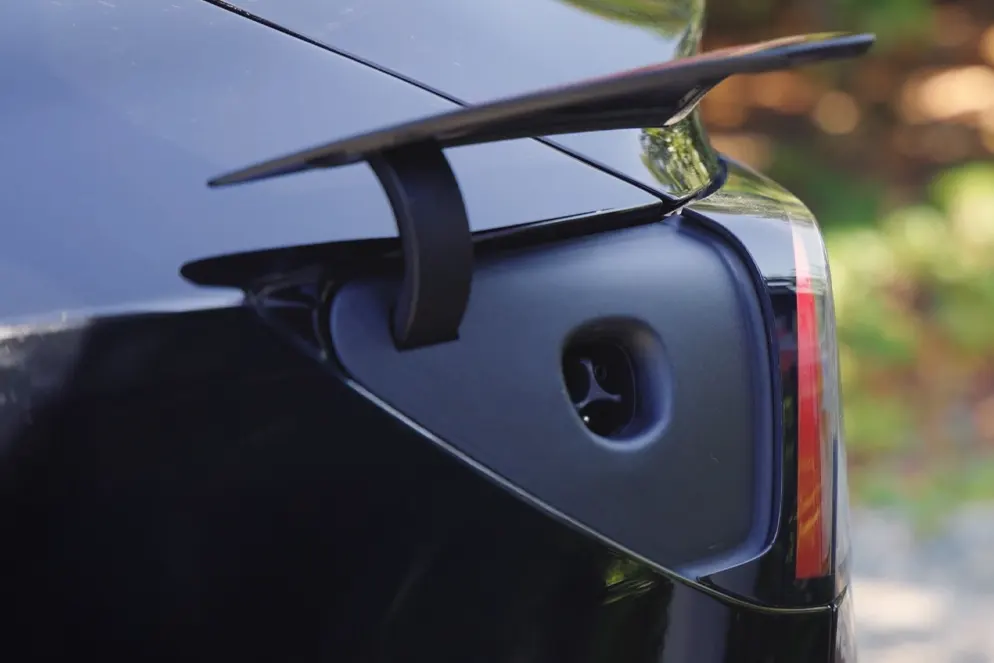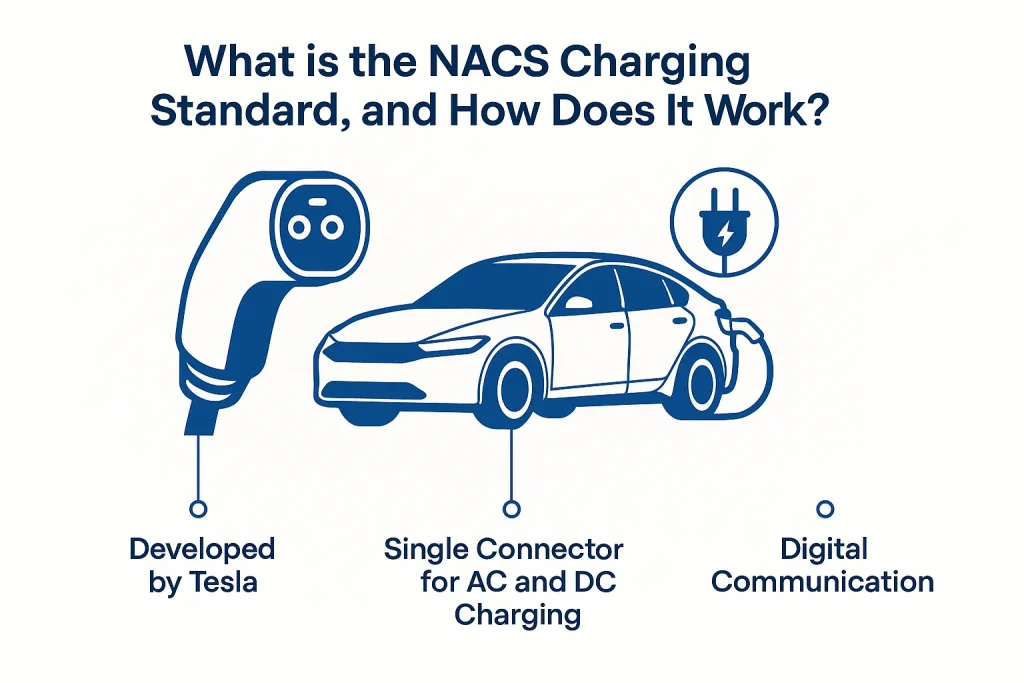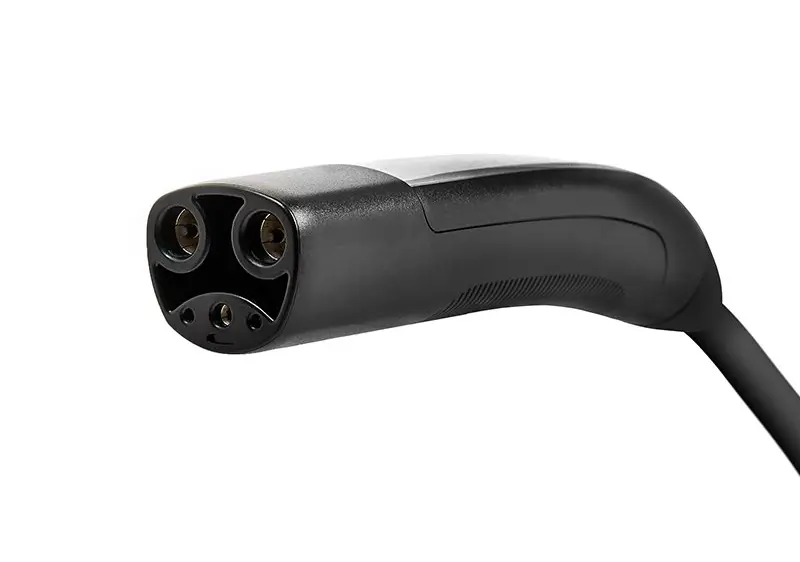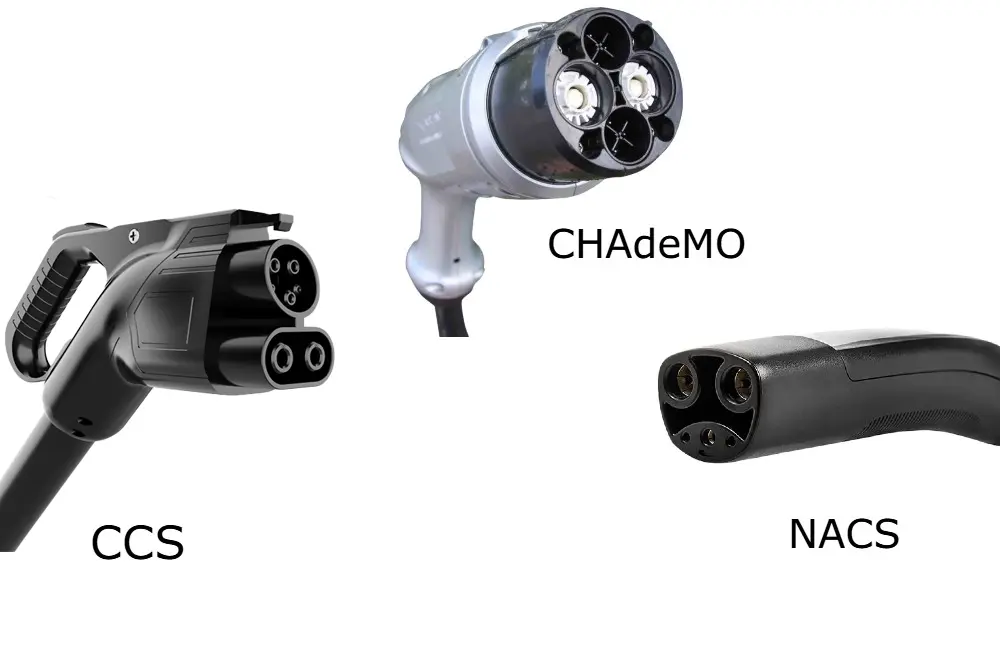
As the electric vehicle (EV) industry continues to grow rapidly, charging standards have become a key part of the conversation, especially in North America. Among the various types of connectors and protocols, a new standard is quickly rising to prominence: the North American Charging Standard (NACS).
Originally developed by Tesla, NACS charging is now being adopted by other major automakers and is set to reshape the EV charging landscape in the U.S. With its sleek design, fast-charging capabilities, and wide network support, NACS is more than just a plug; it’s a step toward a more unified and accessible charging future. In this article, we’ll explore what NACS charging is and how it works.
1. What is NACS Charging?

NACS stands for North American Charging Standard, a type of connector that was developed by Tesla for its own electric vehicles’ charging in 2012. Unlike other charging standards like (CCS) or (CHAdeMO), NACS charging offers a compact, streamlined design that supports both AC (Level 2) and DC fast charging through a single universal port,aiming to streamline the charging infrastructure and enhance compatibility across electric vehicles in North America..
In 2022, Tesla decided to open their NACS charging standard design for other automakers. The actual goal was to create a unified charging standard in North America. Since then, major EV manufacturers like Ford, General Motors, Rivian, and Volvo have announced plans to adopt NACS charging in their upcoming models.
NACS charging is capable of delivering fast charging, especially when paired with Tesla’s Supercharger network. Its growing popularity and industry adoption are making it a likely candidate to become the dominant standard in North America’s EV future.
Tesla has established an extensive network of chargers across the United States, including approximately 3,900 Level 2 Destination Chargers and over 2,700 Supercharger stations with more than 32,573 charging ports. This robust infrastructure ensures broad, reliable coverage for NACS-equipped vehicles, significantly enhancing usability and convenience.
2. How NACS Charging Works?

NACS (North American Charging Standard) is capable of doing Level 2 AC and DC Fast Charging through a single compact connector. It’s a very sleek connector designed by Tesla, unlike other bulky charging standard connectors. NACS charging uses only one plug for both Level 2 AC and DC fast charging, whereas other charging standards require more than a single plug; thus, they are bulky in shape.
When an EV is connected to a NACS charger, the vehicle and charger communicate digitally to determine the right power level and ensure safe energy transfer. This allows for efficient, high-speed charging with power levels reaching up to 250 kW or more, depending on the vehicle and station.
The NACS system is designed not only for performance but also for ease of use. A smaller connector that’s easier to handle, connect, and benefits from the widespread infrastructure of the Tesla Supercharging network.
3. NACS vs Other Charging Standards

In today’s world, the growing EV industry has led to different types of charging standards. NACS charging is one of the most compact, easy-to-use, and efficient options among these standards. NACS uses a single plug for both Level 2 AC and DC fast charging.
Compared to CCS (Combined Charging System), which is currently the most widely used fast charging standard for non-Tesla EVs, NACS offers a more compact, user-friendly connector that supports AC and DC fast charging. While CCS also supports AC and DC fast charging, since the CCS connector is a combination of two different connectors, many users find the connectors bulkier and less intuitive.
If you want to understand how NACS compares globally with other EV charger standards, you can check our detailed resource: A Comprehensive Guide to Global EV Charger Standards. This will help you see how NACS fits into the broader EV infrastructure worldwide.
4. Which EVs Support NACS?
The North American Charging Standard (NACS) was developed by Tesla for its electric vehicle lineup, and all Tesla models in North America support NACS charging by default. While non-Tesla EVs don’t have NACS by default, with the help of an NACS adapter, these electric vehicles can also use Tesla’s Supercharging network. However, the NACS charging ecosystem is rapidly expanding.
These are the automakers who are going to adopt NACS after Tesla decided to make the design available for other automakers to join them under a unified charging standard.
List of Automakers Adopting NACS in 2025 Onwards:
| Parent Company | Brands Adopting NACS |
|---|---|
| Ford | Ford |
| General Motors (GM) | Chevrolet, GMC, Cadillac |
| Volvo Group | Volvo, Polestar |
| Mercedes-Benz Group | Mercedes-Benz |
| Nissan | Nissan |
| Lucid Group | Lucid Motors |
| Rivian | Rivian |
| Honda Motor Co. | Honda, Acura |
| Hyundai Motor Group | Hyundai, Kia, Genesis |
| BMW Group | BMW, Mini, Rolls-Royce |
| Toyota Motor Corp. | Toyota, Lexus |
| Subaru Corporation | Subaru |
| Stellantis | Jeep |
| Volkswagen Group | VW, Audi, Porsche |
If you drive a Tesla or a non-tesla EV with NACS charging port and want an easy charging solution that works with NACS, check out our Portable EV Charger for Tesla. A perfect, fast, reliable charging solution you can carry wherever you go.
5. Future of NACS and U.S. Charging Infrastructure
The future of NACS charging in the U.S. appears promising, especially when other automakers have decided to commit to the NACS charging standard. With this new shift, the NACS charging is going to become a unified charging standard. Huge thanks to companies like Ford, GM, Rivian, and others who will equip their upcoming EVs with native NACS charging ports in 2025.
The NACS charging also gets support from both the private and government sectors. The government support, paired with Tesla’s existing Supercharger network, puts the NACS charging standard in a strong position.
FAQs
What is NACS charging, and why is it important?
NACS stands for North American Charging Standard, a compact and efficient EV charging connector originally developed by Tesla. It’s important because it’s quickly becoming the preferred EV charging standard in the U.S., especially as more automakers adopt it for future EV models. NACS charging offers faster charging, a simplified design, and broader compatibility.
Can non-Tesla EVs use NACS chargers?
Absolutely. Non-Tesla EVs that come with a NACS port can use it without any additional attachments, while some EVs that come with a CCS port will need a NACS adapter (either Tesla to J1772 adapter for level1 or leve2 charging or Tesla to CCS adapter for level 3 fast charging).
Is NACS better than CCS?
In comparison, both NACS charging and CCS charging are pretty much the same in terms of performance. You can even get charging adapters for both of these charging standards. Despite being the same in performance, if you are going to buy an electric vehicle in the USA, then going with NACS seems like a good option.
When will other EV brands switch to NACS?
Many major automakers, including FORD, HONDA, MERCEDES, BMW, JAGUAR, KIA, HYUNDAI, etc., have agreed to adopt NACS in 2025. This EV industry revolution will emerge gradually as these manufacturers are looking forward to making electric vehicle charging more efficient for consumers.
Do I need an adapter to use NACS chargers?
If your EV does not have a native NACS port, you’ll need an NACS adapter to use NACS charging stations, especially Tesla Superchargers.
As a trusted name in EV charging and smart energy, DUEVOLT is committed to accelerating the transition to sustainable transportation. We offer a full range of reliable, high-performance EV chargers, home charging stations, and energy storage systems. All designed to keep you powered wherever you go.
Whether you’re new to electric vehicles or upgrading your current setup, our integrated solutions make charging simpler, smarter, and more efficient.
Visit Duevolt to discover products that fit your lifestyle and support a cleaner, electric future.
